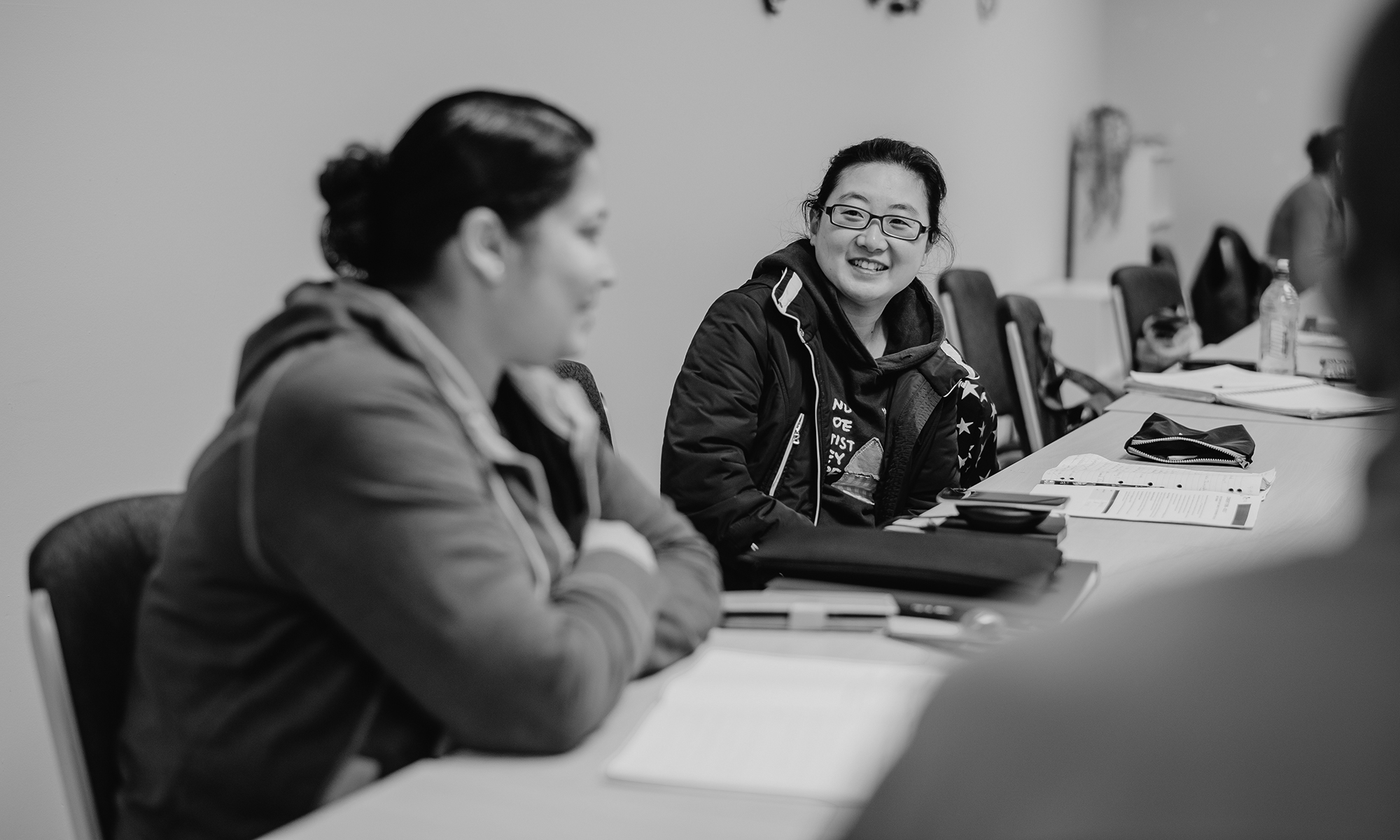Author: Warren Lake, William Boyd, Wendy Boyd and Suzi Hellmundt
Southern Cross University
Edition: Volume 57, Number 1, April 2017
Summary: When student surveys are conducted within university environments, one outcome of feedback to the researcher is that it provides insight into the potential ways that curriculum can be modified and how content can be better delivered. However, the benefit to the current students undertaking the survey is not always evident. By modifying Biggs’ revised two-factor study process questionnaire (R-SPQ-2F), we have provided students with immediate point-of-contact feedback that encourages students to consider their own cognitive processes. The main purpose of the modified tool is to provide immediate benefit to the student, whilst retaining the functionality of the survey for the researcher. Two versions of the survey were presented to students, a feedback version and non-feedback version, with results indicating that the participants of the feedback version had a significantly higher opinion that the survey helped them to be a better learner. In general, the importance students place on feedback, regardless of the version of the survey completed, was evident in the study. The point-of-contact survey model implemented in this study has successfully allowed a tool that was once exclusively researcher focused to be oriented towards current students, introducing an additional layer of feedback, which directly benefits the current student, whilst retaining its usefulness as a diagnostic research tool.
Keywords: Feedback, survey feedback, student feedback, point-of-contact feedback, immediate feedback, R-SPQ-2F
![]()
![]()
![]()
![]() Share a copy of this abstract.
Share a copy of this abstract.
This article is part of AJAL, Volume 57_1. The entire volume is available in .pdf for purchase here.
